References
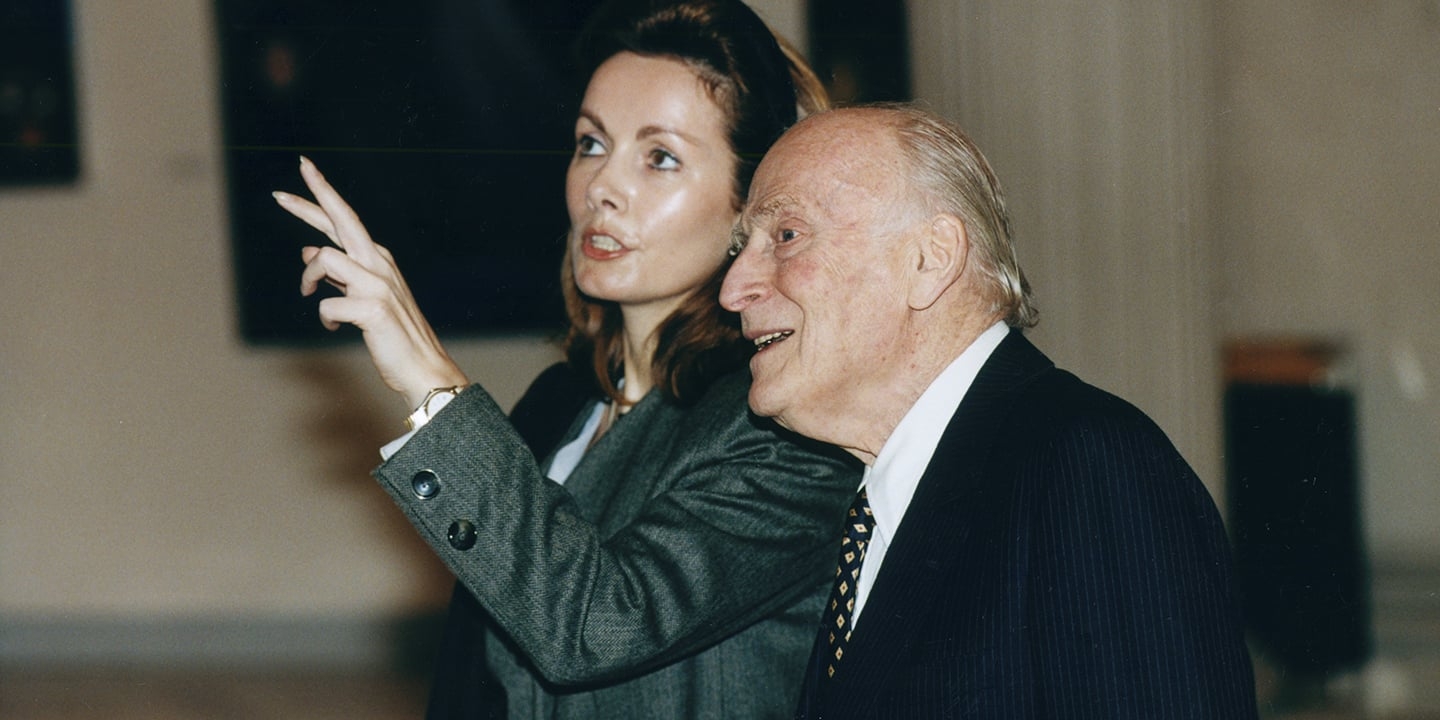
Yehudi Menuhin
“Peace flows like a river and brings passion and serenity into balance. When a long-suffering soul brimming with compassion is joined with a temperament which bellows out its rejection of the intolerable, when the creative impulse is combined with the power and precision of a great artist, we have both genius and masterpiece, and dare I say it, a being filled with grace and mystery.”
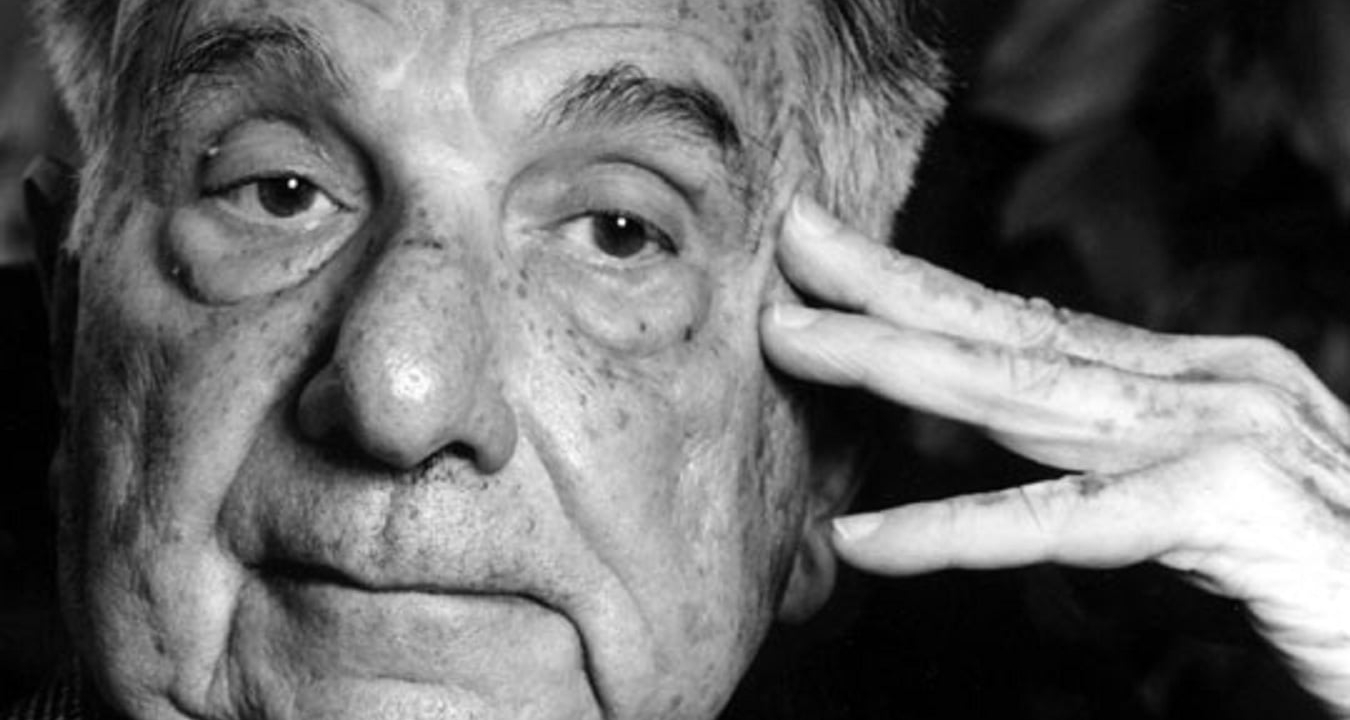
Augusto Roa Bastos
“Perhaps one of the foremost merits of this visionary explorer of shadows who is Sofia Gandarias, is the clairvoyant and almost sleepwalking gaze with which she views her once living subjects so as to fix them in her paintings from “within” and listen to each one speak through their apparently or definitively dumb figures. In this way, her portraits are not merely celebrations of her chosen subjects. They are in fact a recognition of what those individuals offer in terms of their humanity. But they are above all an act of self-knowledge through these figures hammered out, just as in life, with little blows of solitude and encounter.”
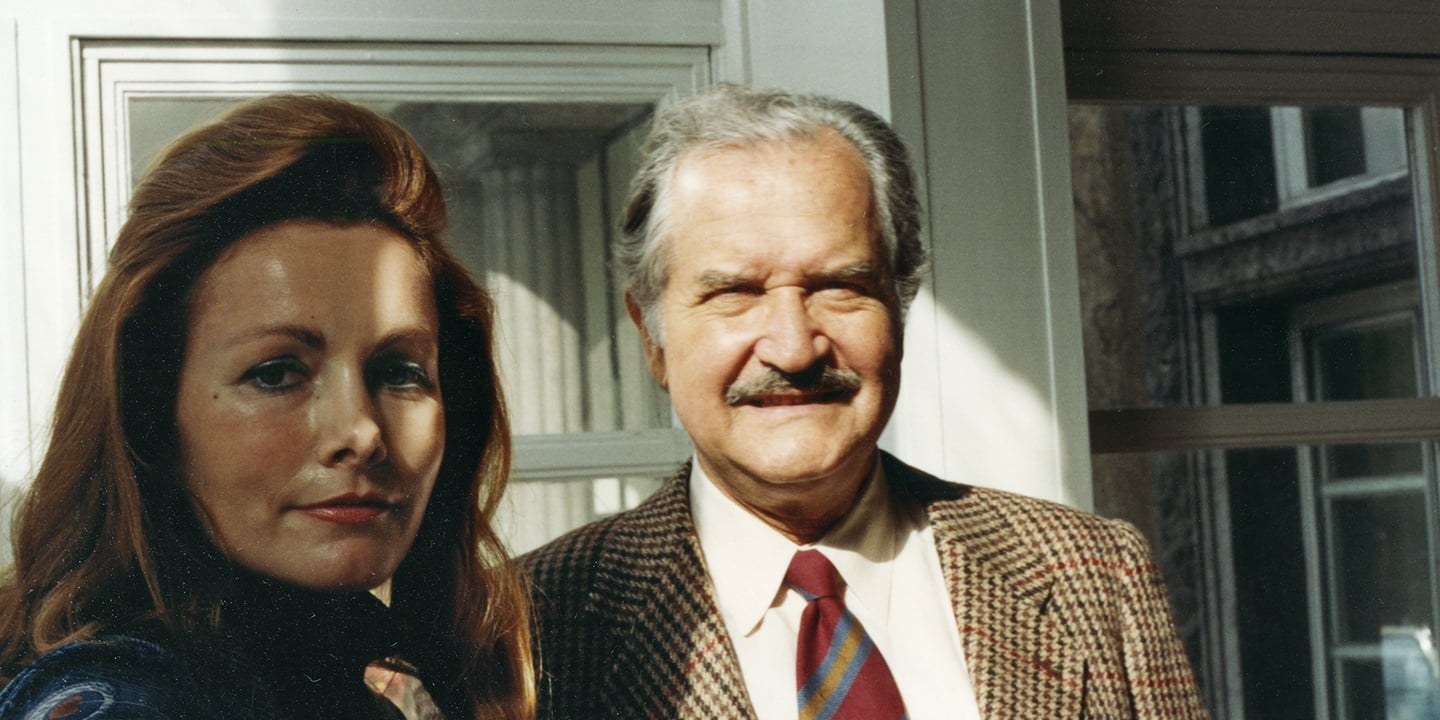
Carlos Fuentes
“Sofía Gandarias belongs to the great Spanish portrait tradition of Velazquez in which the painting becomes a token of identity, a proof of existence and an ironic exercise between nameless celebrity and visible invisibility.”
“In the style of Spanish portrait painting which derives from Velazquez, Sofía Gandarias presents us with the face of the latest suffering, the most recent violence, bathed in the glow of a Spanish night. She is the master of the shortest century”
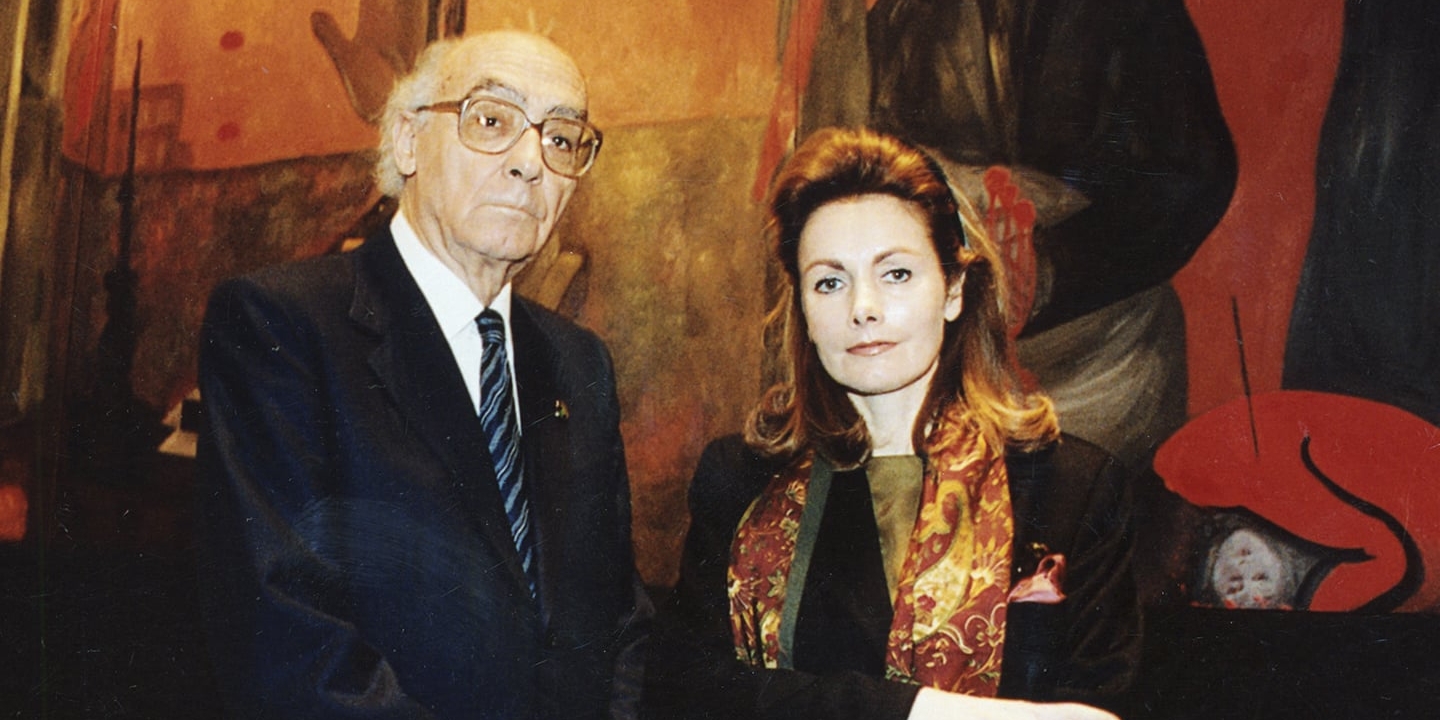
José Saramago
“Rather than simply painting the portraits of so-called public figures, what Sofia Gandarias does is to invoke, one by one, the inhabitants of her memory and culture, those who she herself calls “the presences”, transferring them onto a canvas where they have the privilege of becoming more than portraits, because they are transformed into the signs, marks, scars, lights and shadows of her internal world”
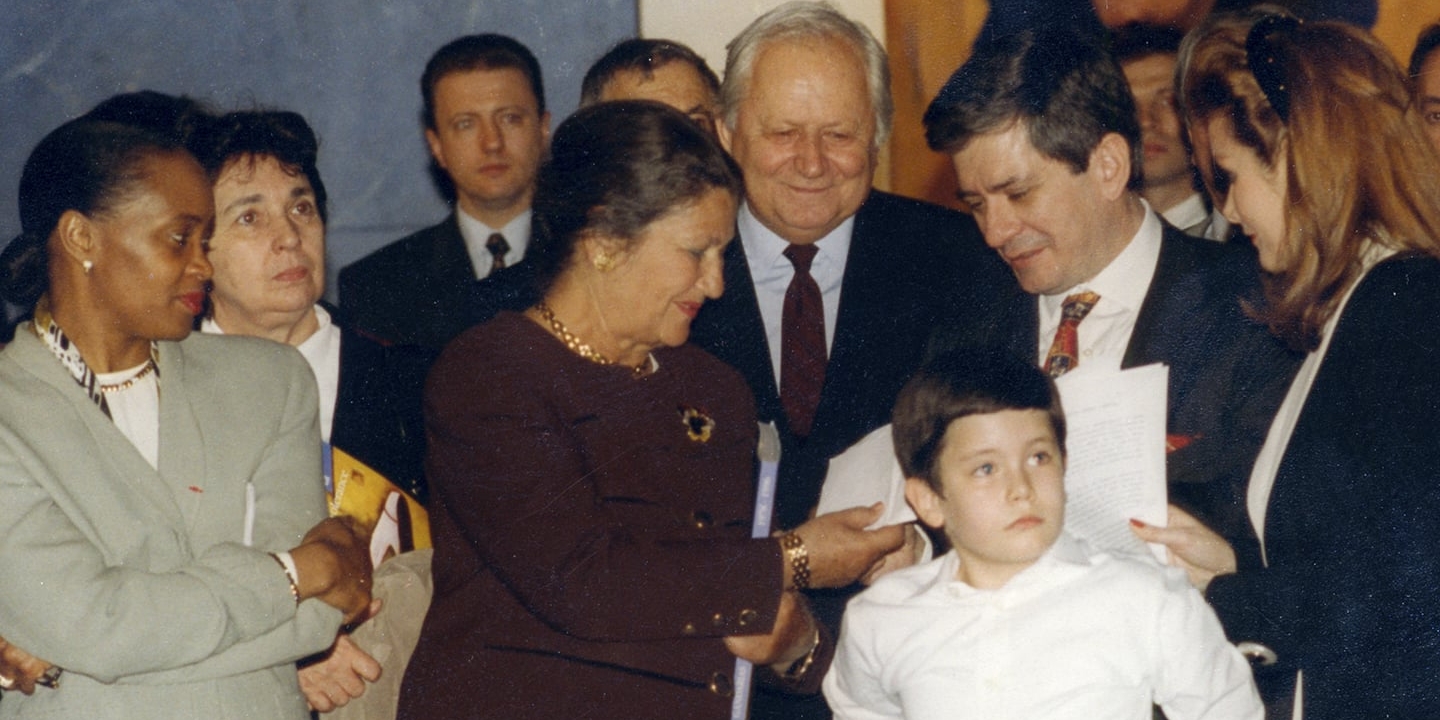
Simone Veil
“Through her paintings, and through the connections which she creates between them and events, Sofia Gandarias reminds us that, despite the dramatic nature of present-day reality, one must never despair of humanity.”
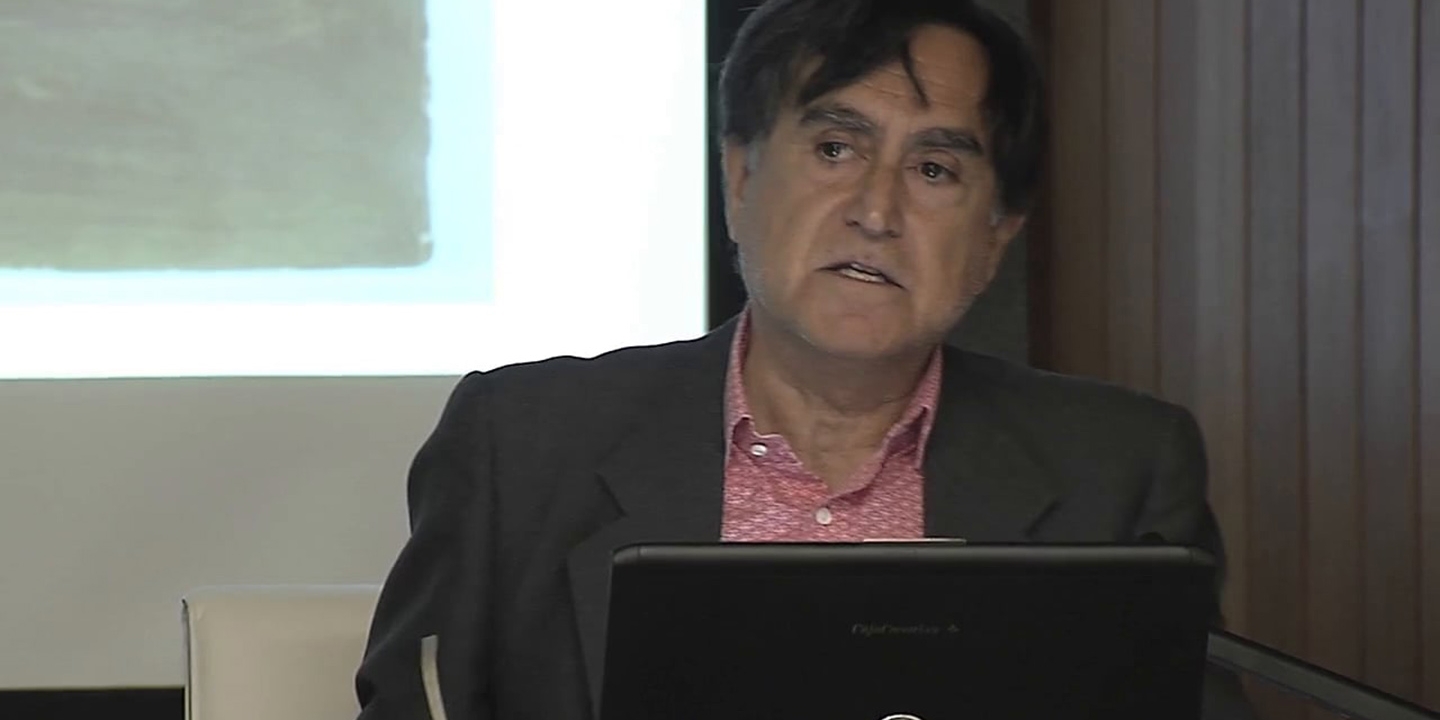
Kosme de Barañano
“Sofia Gandarias constructs her mural (Guernica) on the basis of a number of images which are diffuse, but which strive to be more real, more essentially human, than the fully drawn ones of the real world. In so doing Gandarias, like Bacon , casts mankind into an abyss that has no perspective definition, but in which the anguish of its presence is maintained. She is not interested in capturing a fleeting portrait, but rather in the pathos of its existence. Her formal reflection, like that of Bacon, Giacometti, or Music, is a visual reflection on the defigured figure, not only changed into an expressive shadow, framed in her paintings as one would frame a death-notice, or standing on their pedestals but completely tranformed into an erosion, fleeing from themselves.”
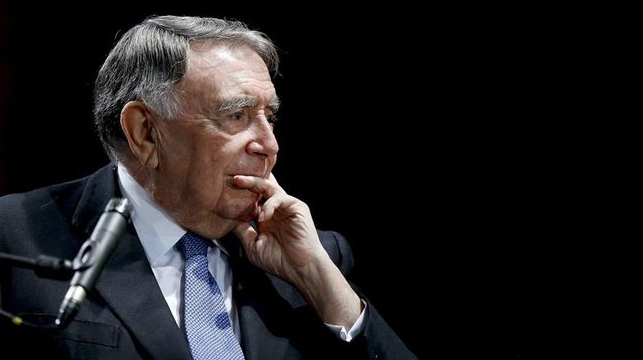
Luis María Ansón
“Querida Sofía…
Tus responsabilidades públicas en Europa y en España te han restado tiempo para la gran vocación de tu vida: la pintura. Pero has seguido creando y cosechando éxitos internacionales como aquella exposición de Roma que mereció el elogio de muchos intelectuales de relieve. José Saramago se rindió ante tu pintura. También Roa Bastos, Carlos Fuentes, Yehudi Menuhin o Simone Veil. He leído también artículos sobre tus pinceles de Marc Agi, de Malefakis, de Sami Nair.
Tu pintura es muchas veces un espejo oscuro colocado delante del mundo turbio del llanto y la miseria. Me ha impresionado el artículo que Saramago dedicó a tu gran exposición de Praga y que publicó el Corriere della Sera la pasada semana. Entre la pluma del Nobel, tristemente desaparecido, y tu pincel herido, Kafka se desgarra a chorros. Como no te mueves en los circuitos españoles no es fácil que la crítica nacional reconozca tus éxitos. Por eso, querida Sofía, te escribo estas líneas públicas. Para ti la pintura es una cosa mental. Resuelves lo que quieres decir con un oficio cada año mejor aprendido. Pero lo importante es lo que expresas. Roa Bastos destacó en tu paleta la indagación ontológica y existencial. Recuerdo que escribí entonces: “Sofía Gandarias levantó un día sus pinceles al cielo y del cielo llovía sangre”.

